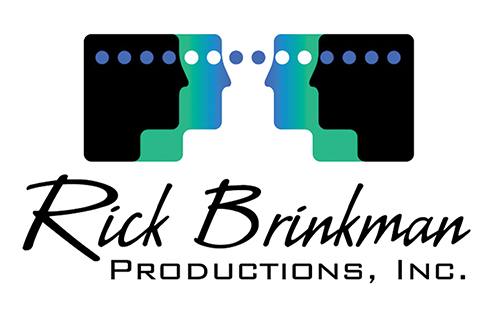Relatives have a unique relationship with you that is different for three reasons.
1. You did not choose them. Yes, you choose your spouse, so he or she is not a relative. But what most people don't realize is the spouse comes along with bonus people! Feeling out of choice can easily lead to feeling like a victim.
2. Relatives are also hard to deal with because they tend to cross boundaries that no one else in your life would cross including a good friend.
3. And relatives who are immediate family can be tough because they themselves are triggers to the past. Just as you can hear a song that suddenly takes you back in time, so it is that a family member can trigger old ways of relating or conflicts.
Therefore the first thing to remember when it comes to attending family events is you always have a choice:
1. Go and Suffer
2. Don’t Go (and possibly feel guilty)
3. Go with a different attitude
4. Go with a different attitude and behavior
I would suggest #4, a shift in attitude and behavior. Keep in mind your ability to make that shift will serve you in many more places than just this one event. Think of it like going to the gym and you are going to work out your communication and attitude muscles.
To support you I suggest The Rules of Non-Engagement:
1. Decide In Advance
Make a conscious choice about the kind of experience you’re going to have when you get there, before you arrive.
Liam says:
“I make a conscious choice to have a pleasant experience, no matter what. By reminding myself what I want from this experience, I have more control over my state of mind and the tone of any conversations we may have.”
But it isn’t enough to make the choice not to have problems with a predictably argumentative relative. You also want to make a conscious choice about what topics to steer clear of, and what you will do if those topics come up.
Carissa told us:
“My mother-in-law has strong opinions about everything. If I responded to the troubling things she said, just for the sake of discussion, I was guaranteed an argument, and more likely an attack, which almost always led to a fight with my husband in the car on the way back home after visiting her! But I now realize that I have a say over what ultimately gets discussed, because I can avoid the problematic topics when they come up. Now, on the way to her place, before I talk with her, I do a little talking with myself. I tell myself exactly what I am willing to talk about and what I’m not willing to talk about no matter what, and I stick to it.”
2. Plan for Sore Subjects
Joseane:
"My husband’s former mother-in-law is a sore subject with my in-laws. Her name was Maggie. Mention her name to either of them, and they spin off in anger. To make matters worse my mother-in-law somehow, she finds a way to bring up Maggie’s name to me in every other conversation. We could be talking about food, travel, pets, children, whatever, and then for no obvious reason, she brings up the subject and starts reacting to it. Next thing I know, she’s telling the same story for the gazillionth time about how inconsiderate she was, how mean she was, how absolutely awful she was.”
"I used to try and convince her that she should live and let live, but my efforts never worked. Now when she starts talking angrily about Maggie, I just nod my head, wait till she’s done, and then change the subject to anything else! I am purposely vague. I just say ‘uh-huh.’ And if she asks me, ‘What do you think?, I know she isn’t really wanting my opinion, so I say ‘Well you know what's best for you.’ And the funny thing is when I do that she tells my husband, ‘I’m crazy about that girl. She is so wise.’”
Joseane’s plan is simple. She acts like she’s listening, and when she’s asked to take a position, she defers to the questioner for the answer.
This is also the way to deal with criticism from relatives. You can speak to their intent instead of getting caught up in the content of what they’re saying. If your relative says: “You should dress up more,” you can say, “Thank you for caring about my appearance.”
If your parent asks you, their adult child, whether you are brushing your teeth, you can reply, “Thanks for caring about my hygiene.”
By refusing to get caught up in the content of what they’ve said, you have time to breath, gather your wits, and create a cushion of non-engagement around yourself.
3. Keep Your Perspective & Use Reminders
Garth told us:
“Whenever we find ourselves obligated to attend some kind of family function, I’ve developed the habit of reminding myself that ‘all things will pass’. I get a small red stick-on dot that I put on my watch to mark the time we’re leaving. It’s a perfect stealth reminder that helps me keep my perspective.”
You should also partner with other family members who understand the difficulty of dealing with that special someone. Develop a signal system, exit strategy, or other method of mutual support that can get you through the worst behavior without engaging with it.
By developing your options in advance, you support yourself and transform the stress of a family event into shared success.
I wish you good luck.
;-)
Dr. Rick

















